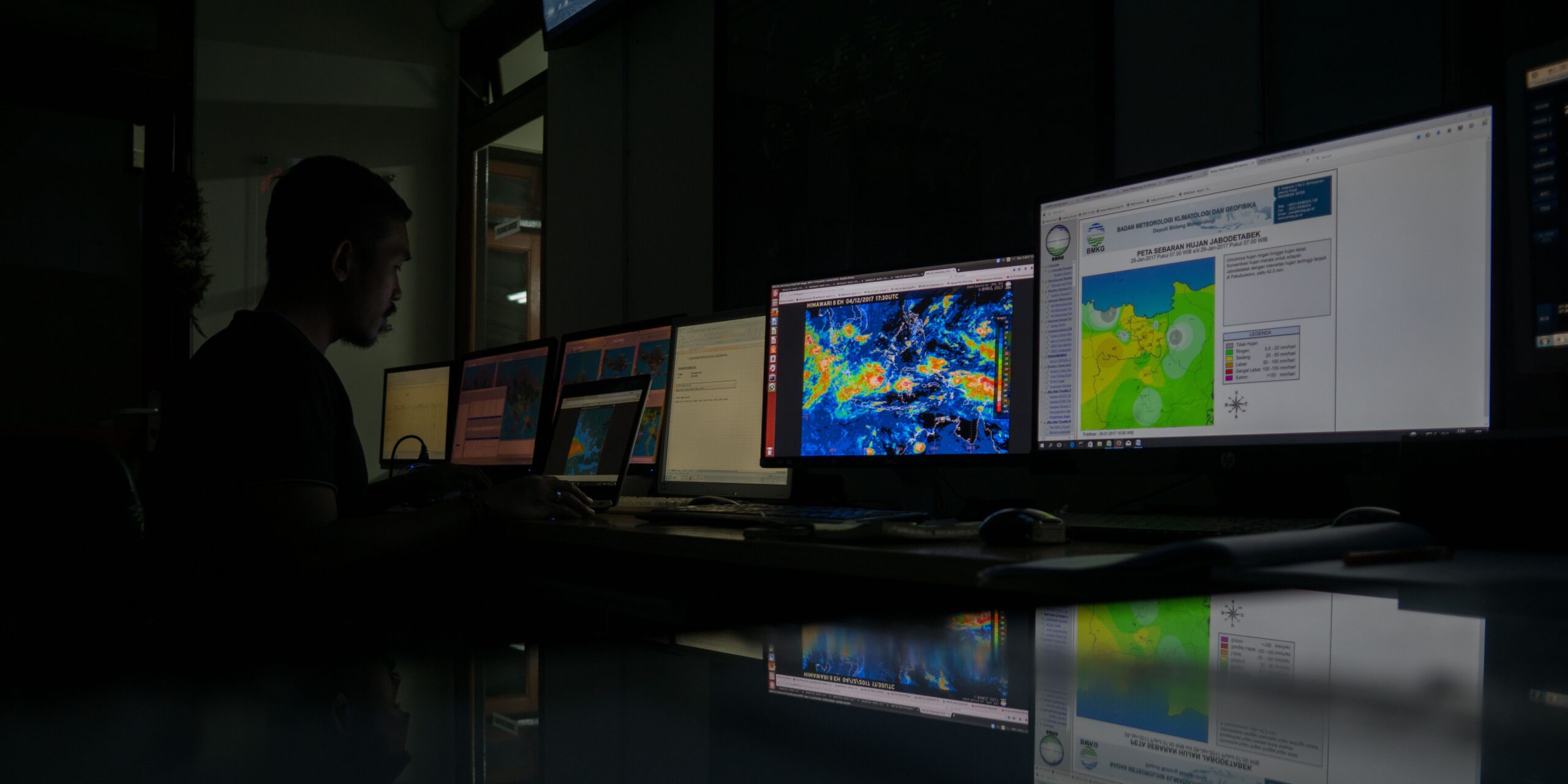









Passive Acoustic Monitoring (PAM) is a technology used to detect underwater sounds, including the
vocalizations of marine mammals and noise generated by human activities. It helps assess the impact
of underwater noise on marine life and supports conservation efforts by providing real-time data.
PAM uses hydrophones to capture the full frequency range of marine mammal vocalizations,
allowing it to detect species such as dolphins and whales in real-time. This enables researchers and
industries to take immediate action to minimize the impact of human activities on these animals.
For marine sector stakeholders, knowing the environmental conditions supports faster strategic decision-making for maritime activities or projects. Harnessing high-quality metocean data may lead to designing tailored and efficient solutions against any challenges.
Underwater noise can disturb or harm marine life, especially from human activities like shipping,
construction, and sonar use. Monitoring this noise helps identify and mitigate harmful levels,
protecting sensitive species and ensuring compliance with environmental regulations.
Sinay’s PAM buoy offers real-time detection of marine mammals, autonomous power without
regular maintenance, and data transmission via a cloud-based dashboard. It allows for easy
installation and operation, providing crucial environmental data to both operators and end-users.
The PAM system provides real-time data on noise levels, frequency of ambient noise, and marine
mammal detections. It also offers threshold alerts for acoustic limits, reporting capabilities, and
multi-sensor integration for a comprehensive monitoring solution.
A central dashboard allows easy reading of data and models.
The PAM dashboard is a cloud-based platform that gives users 24/7 access to real-time data,
including noise levels, marine mammal detections, and buoy GPS positions. It allows for easy data
management and report generation, helping users make informed decisions about their operations.
Yes, PAM is an excellent tool for environmental impact assessments, particularly in marine
environments. It helps monitor noise levels during project phases such as baseline establishment,
construction, and ongoing operation, providing valuable data for risk assessments and regulatory
compliance.